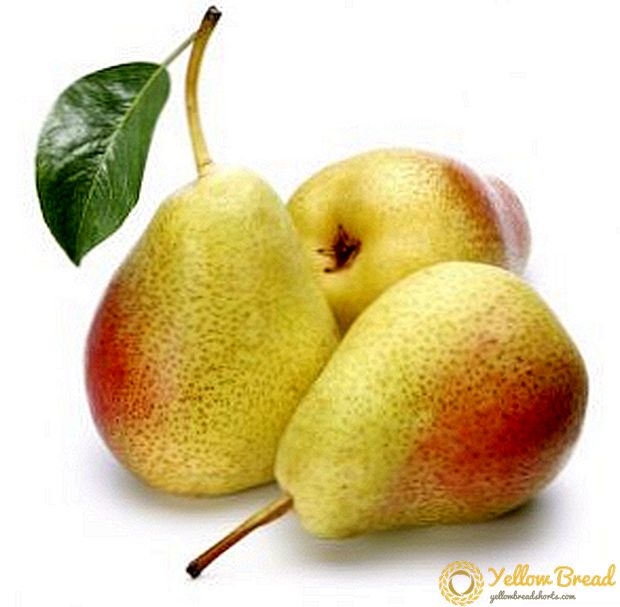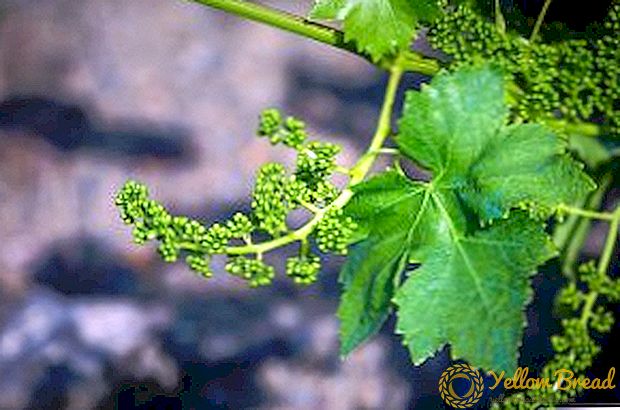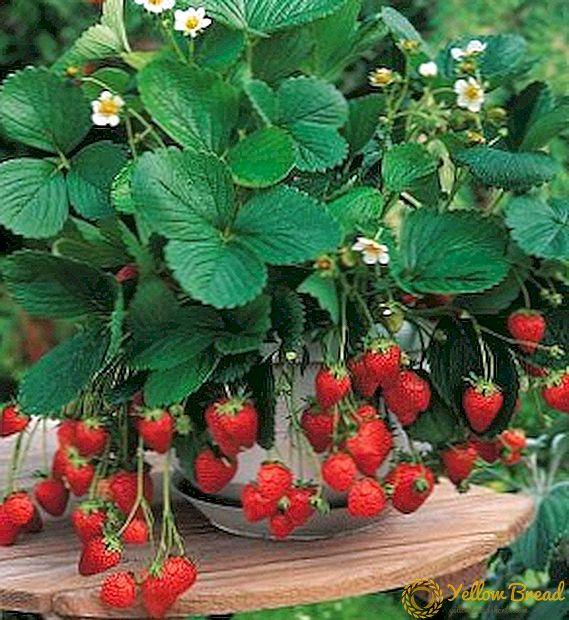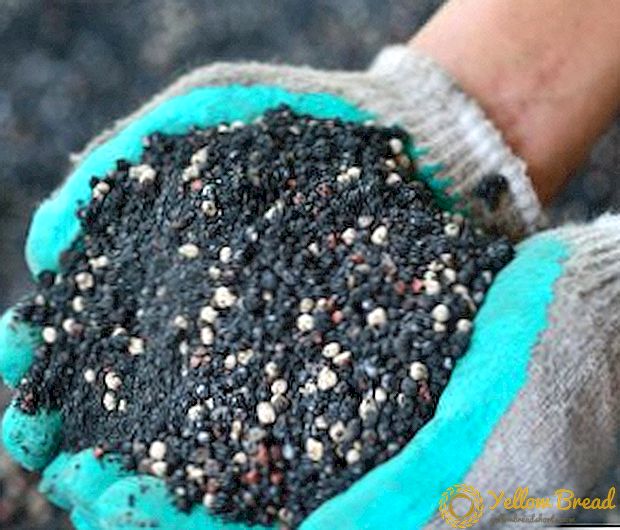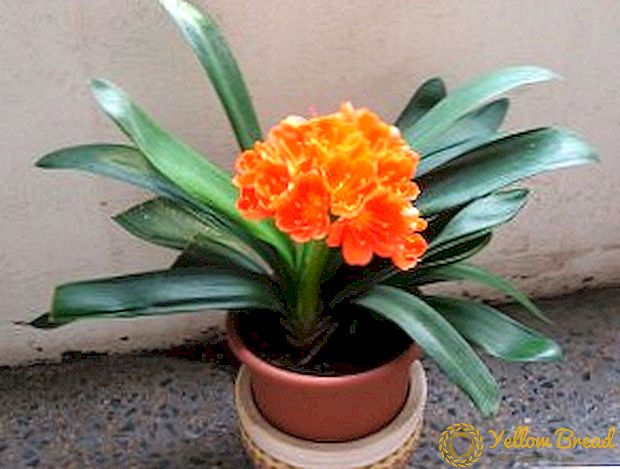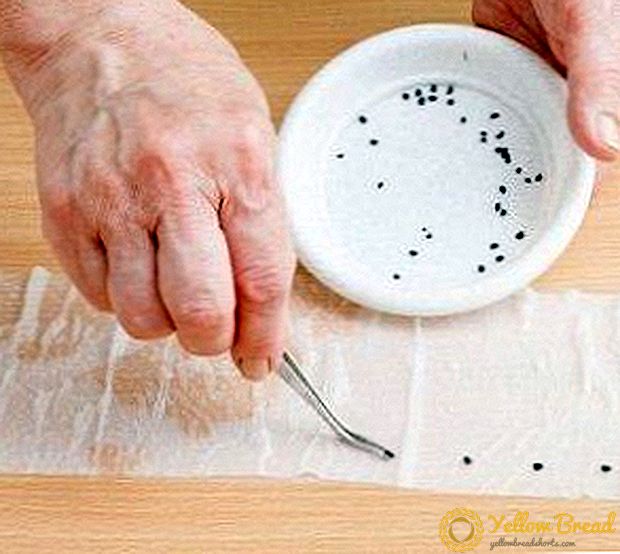
Did you know about the existence of the cultivation of pepper without land?
This interesting and unusual method, called Moscow, is increasingly used by modern gardeners and proves its effectiveness.
The secret of it lies in the use of paper and food film. Next, and talk about how to plant peppers for seedlings on toilet paper?
The essence of the landless method
This method is based on the fact that the function of the soil until the moment when real pepper leaves bloom is performed by soft paper, placed in a container with liquid in the form of a litter. Cellulose and micro-holes of paper retain the necessary amount of liquid, ensuring its even distribution between the seeds and root systems of seedlings.
How to plant pepper on seedlings on toilet paper?
 There are several ways to germinate pepper seeds on toilet paper.
There are several ways to germinate pepper seeds on toilet paper.
1st method
- Make a few double-ply strips of toilet paper. or dense napkins 15-20 cm long. Their number will depend on the number of seeds that you will germinate. Disposable wipes or the cheapest toilet paper are most suitable.rich in cellulose and not containing flavors, dyes and other impurities.
- Cut the cellophane bag or polyethylene into long rectangles, in width and length equal to strips of paper. Ideal for the manufacture of food film design.
- Lay the first layer of the future mini-greenhouse, consisting of food film or polyethylene, on a horizontal plane.
- On polyethylene put 2 layers of toilet paper moistened with water.
- Sowing. Depart from the top edge of the resulting strip by 1-1.5 cm and arrange along its entire length, with a distance of 3 cm from each other, pepper seeds. The longer the intervals between the seeds, the easier it will be then to unravel the roots of the seedlings.
- Cover the seeds with two layers of wet toilet paper. Cover with cling film or cellophane.
- Trim the edges of the multi-layered strip, roll it across the width, forming a loose breathing bundle so that the seeds are located in its upper part. Secure stationery with a rubber band to prevent it from disintegrating and swelling from moisture.
- Place the rolls in cups. or bottoms of plastic bottles, 1/3 filled with water, put on a well-lit warm window-sill or under a seedling lamp.
- For convenience, place tags with the names of varieties of future seedlings.
- Periodically change the water and watch out of its level: under the water should be only the lower edges of the strips. Excess fluid must be drained.
2nd method
 Planting pepper seedlings on toilet paper. Put 2-3 layers of paper napkins abundantly moistened with water on the bottom of a dish, tray or other shallow container. Evenly sow seeds over the entire area of the plate, keeping a distance of 2-3 cm between them.
Planting pepper seedlings on toilet paper. Put 2-3 layers of paper napkins abundantly moistened with water on the bottom of a dish, tray or other shallow container. Evenly sow seeds over the entire area of the plate, keeping a distance of 2-3 cm between them.
Cover the paper with the seeds with a layer of food film to prevent excessive evaporation of water, place it on the bright window sill.
Moisten the paper daily with a spray bottle until the seeds germinate; do not allow it to dry.
Seed germination
In 7-10 days after planting in Moscow, shoots will sprout from the seeds. This ends the period when the substrates necessary for plant growth are contained in the seed. Hence, the peppers will now need the first feeding from the outside.
1-3 cups of humic dressings (growth of potassium humate concentrate) are usually required for 1 cup of water. Dip the paper on the plates or spray from the sprayer with a pre-prepared solution in order not to exceed the permissible concentration of fertilizer.
After germination young peppers can be ventilated and tempered by lower temperatures. Some pioneers of the landless method advise to remove the upper cellophane layer on the 2nd day after sprouting the sprout in order to increase the adaptive abilities of future seedlings in a non-personal environment.
Further cultivation
 How to grow pepper seedlings at home on toilet paper? With the advent of a pair of cotyledonary leaves, the second feed is carried out by pepper with liquid fertilizers.
How to grow pepper seedlings at home on toilet paper? With the advent of a pair of cotyledonary leaves, the second feed is carried out by pepper with liquid fertilizers.
The third feeding procedure is necessary after the formation of these leaves. You will still need minimal concentrations of humic fertilizers.
Landless cultivation of pepper is advisable to stop when the plant is decorated with a pair of large real leaves. Expand the roll, free the roots of peppers from the paper. If this is not possible, then the paper does not need to be separated from the roots, so as not to damage the plant. It will be enough just to separate the seedlings.
Landless sprouting by diving seedlings is completed, followed by planting in the ground. Further care for peppers does not have specificity.
Advantages of the method
- Space savingoccupied by tanks with seedlings;
- simplicity plant care;
- time saving, which goes to planting seeds with the standard method of sprouting seedlings, waiting for seedlings;
- financial availability through the use of available tools;
- the possibility of sprouting substandard seeds, increasing the percentage of their germination;
- the lack of competition of seedlings for soil or moisture, due to the even distribution of the substances necessary for plants inside the micropores of the paper;
- the possibility of nursing weak or stunted peppers incapable of competing for nutrients under natural conditions;
- low probability of sprout infestation of fungal diseases, in particular, incurable "black leg".
 Even the most inexperienced gardeners and farmers can master the landless way.
Even the most inexperienced gardeners and farmers can master the landless way.
This method proves its effectiveness to more and more experimenters.
It is an excellent alternative to the well-known method of growing seedlings.
Useful materials
Read other articles on pepper seedlings:
- Proper cultivation of seeds and whether to soak them before planting?
- How to grow black pepper peas, chili, bitter or sweet at home?
- What are growth promoters and how to use them?
- The main reasons why the leaves are twisted at the shoots, the seedlings fall or stretch.
- Terms of planting in the regions of Russia and features of cultivation in the Urals, in Siberia and the Moscow region.
- Learn yeast based fertilizer recipes.

